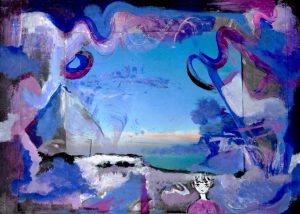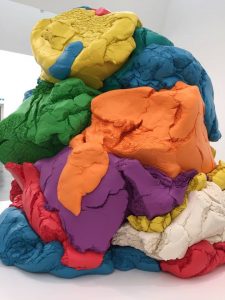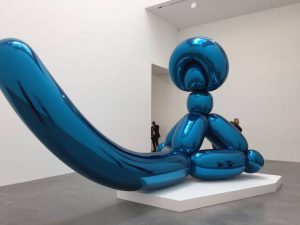Pink: The Exposed Colour in Contemporary Art and Culture, written by Barbara Nemitz, discusses the individuality and exposé of the colour Pink in art. Considering aspects from its metaphorical and spiritual significance, to a number of colour-orientated artworks, the entirety of this book addresses Pink as a notably conceptual and visual element. For example, Nemitz (2006) regards the psychological potential of the colour:
“Pink is more closely associated with emotions than any other colour. It appears to be a colour that addresses us with such intensity that it poses a genuine challenge to our emotions… people seem to know exactly where pink belongs and where it doesn’t.”
Therefore, its effects on a viewer’s emotional interpretation is hugely relevant when connected with human behaviour. Whether associated with the flesh of the human body and its skin, the delicate cherry blossom tree, or an artificial material, the diversity of different shades of pink are both complex and fascinating. Thus, Nemitz transforms Pink from a mere colour to a hugely intriguing and connotational notion in art.
Bibliography:
- Nemitz, B. (2006) Pink: The Exposed Colour in Contemporary Art and Culture. Germany: Hatje Cantz Verlag








